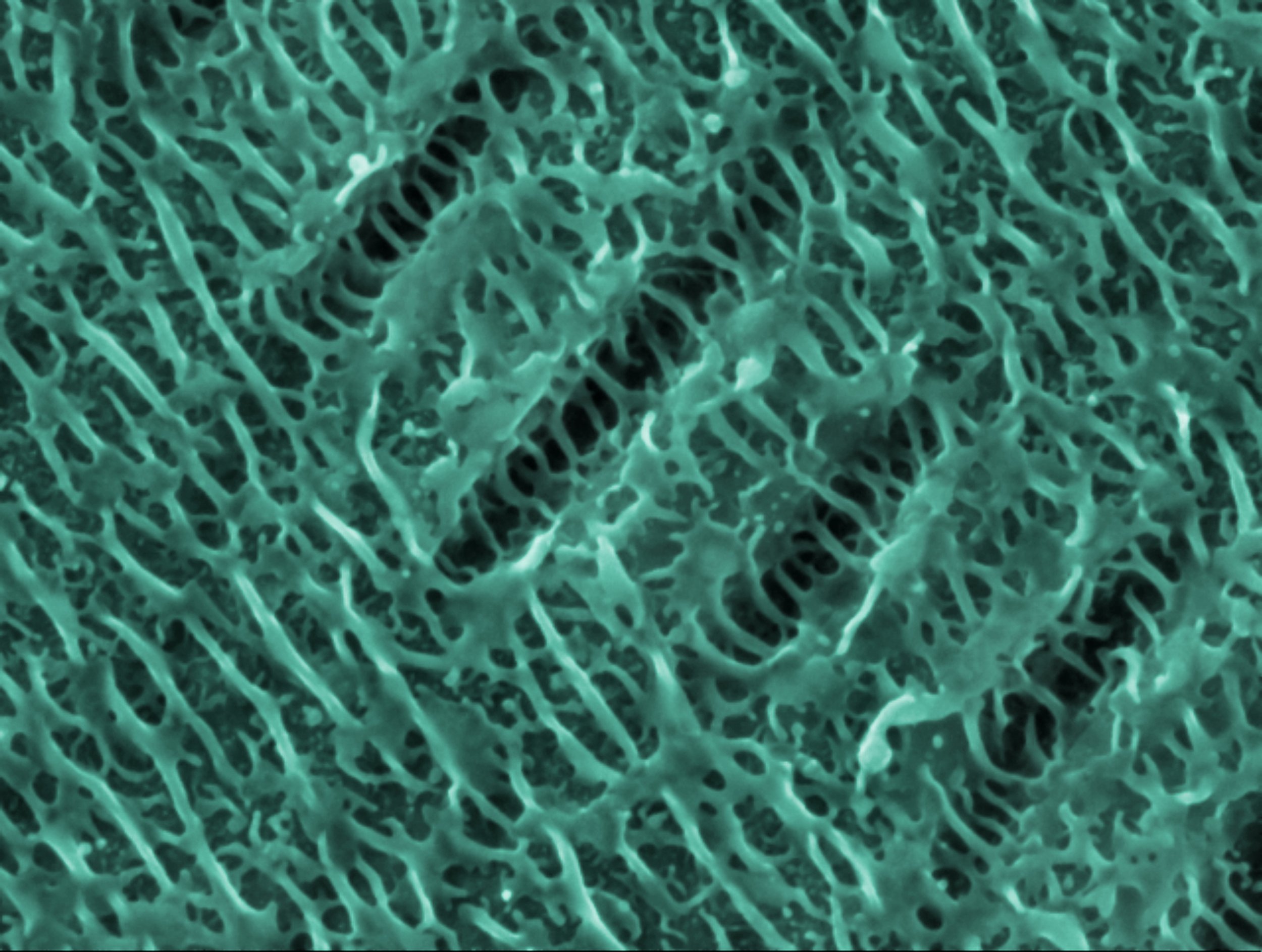South Korea and America's Joint Venture in Electrochemistry

In a notable advancement in electrochemistry, a joint team of experimental and computational physical chemists from South Korea and the United States has achieved a significant breakthrough.
Their research centres on the intricate behaviours of water molecules near metal electrodes, a topic that has profound implications for developing next-generation batteries based on aqueous electrolytes.
Traditionally, chemists employ laser light to illuminate molecules at the nanoscale, observing their spectroscopic properties to deduce molecular behaviours. However, this approach faced significant obstacles when studying water molecules near metal electrodes.
The researchers encountered a unique challenge: the metal atoms in the electrode created overwhelming interference, obscuring the subtle movements of water molecules. This issue was further compounded by the influence of distant water molecules, which also responded to the applied light, making it difficult to isolate and observe the molecules at the critical liquid-metal electrode interface.
The research team, led by prominent figures such as Professor Martin Zanni from the University of Wisconsin at Madison and Director CHO Minhaeng from the Institute for Basic Science's Center for Molecular Spectroscopy and Dynamics, embarked on addressing these challenges. They pioneered new spectroscopic techniques, complementing them with advanced computer simulations, to circumvent the limitations posed by traditional methods.
A key innovation in their approach was the application of specially designed organic molecules to coat the surface of the electrode. This strategic modification aimed to minimise the interference from the metals, thereby enhancing the clarity of their observations. Subsequently, the team utilised a sophisticated method known as surface-enhanced femtosecond two-dimensional vibrational spectroscopy. This allowed them to observe and record the changes in the movement of water molecules near the metal electrode precisely.
The findings were enlightening. The researchers discovered that applying a positive voltage to the electrode resulted in a deceleration of the movement of nearby water molecules. In contrast, a negative voltage induced an acceleration of these movements. This phenomenon was consistently observed in the femtosecond vibrational spectroscopy experiments and the computer simulations, affirming the reliability of their results.
Dr Kwac, a key contributor to the study, briefly summarised these findings: "When a positive voltage is applied to the electrode, the movement of nearby water molecules slows down. Conversely, the opposite is observed when a negative voltage is applied."
Director CHO Minhaeng further elaborated on the significance of this discovery: "The results of this study provide crucial information for understanding electrochemical reactions, offering essential physical insights necessary for the research and development of aqueous electrolyte batteries in the future."
The implications of this research are vast. By shedding light on the dynamic interactions between water molecules and metal electrodes under varying electrical conditions, the study paves the way for a deeper understanding of fundamental electrochemical processes. This knowledge is crucial for the design and development of more efficient, effective, and sustainable battery technologies, potentially revolutionising the field of energy storage.
Author:
Kate Sivess-Symes
Content Producer and Writer





